Picture this: you’re watching a crow bend a piece of wire into a perfect hook, or witnessing an octopus carrying coconut shells across the ocean floor like portable armor. These aren’t scenes from a science fiction movie. They’re real examples of animals demonstrating sophisticated tool use that challenges everything we thought we knew about intelligence in the natural world.
The boundaries between human and animal cognition continue to blur as researchers discover increasingly complex behaviors across species. From sea otters smashing shells with rocks to dolphins using sponges as protective gear, the animal kingdom reveals cognitive abilities that force us to reconsider what makes intelligence truly unique. Let’s explore this fascinating world where instinct meets innovation.
The Dawn of Discovery: When Scientists First Noticed
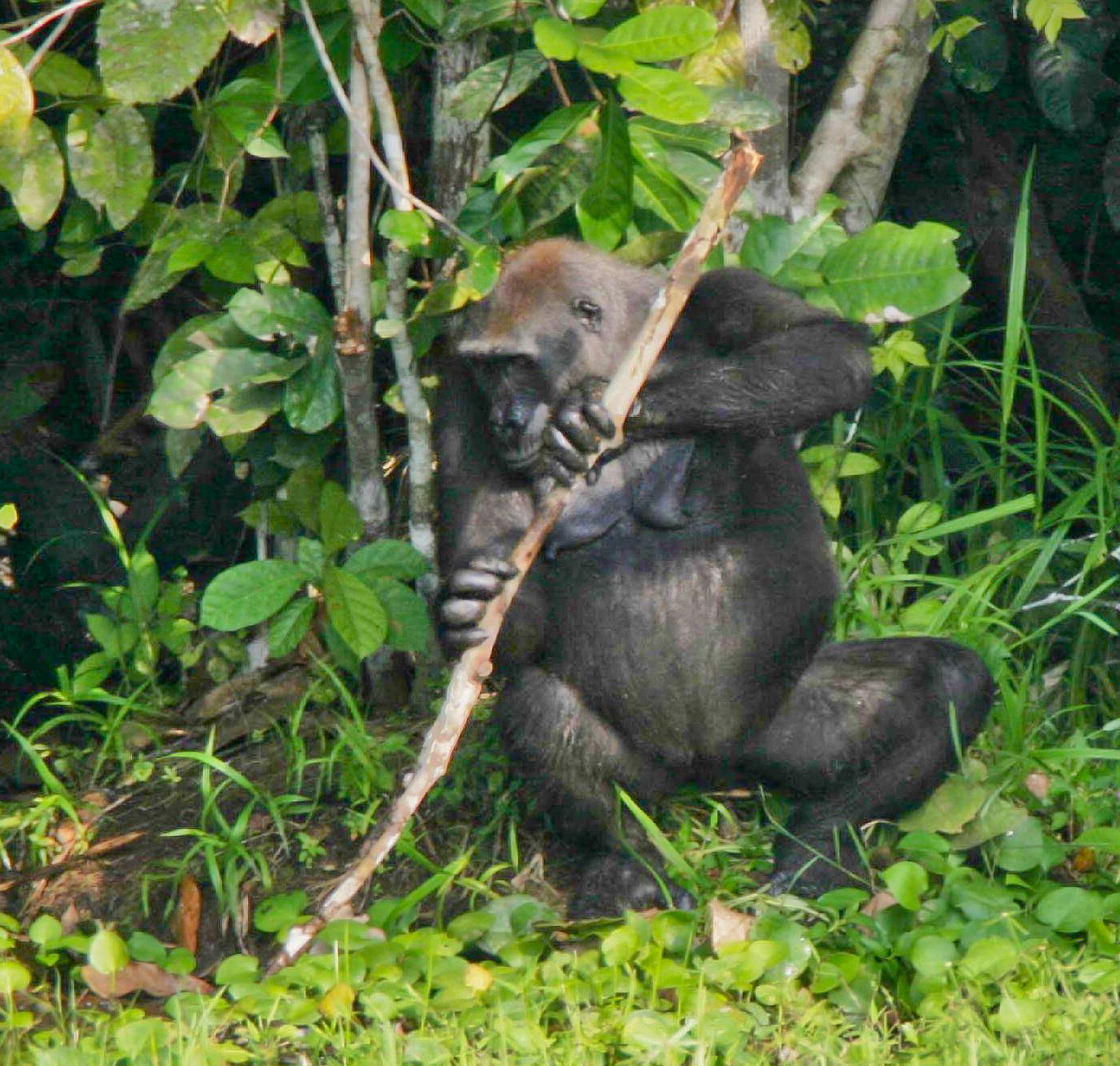
You might be surprised to learn that tool use in animals was documented as early as 1939, when naturalist Margaret Morse Nice observed southern sea otters diving for stones and using them to crack open mussels off the California coast. This groundbreaking observation challenged the long-held belief that tool use was exclusively human.
For decades, the scientific community largely ignored Fisher’s findings. It wasn’t until the 1960s that primatologist Jane Goodall’s documentation of chimpanzees stripping leaves from twigs to fish termites from their nests brought widespread recognition to animal tool use. This moment marked a turning point in our understanding of animal intelligence.
Crows: The Feathered Engineers
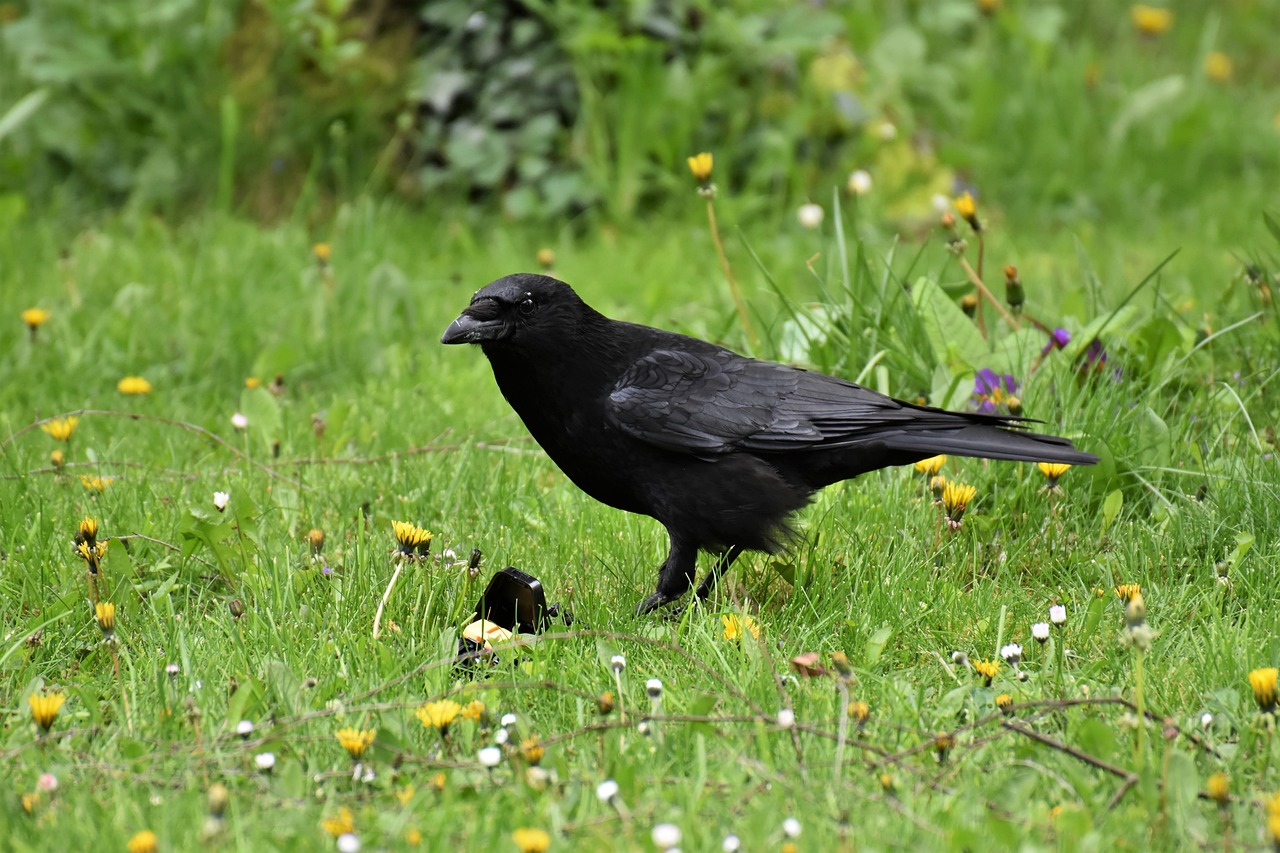
The famous case of Betty, a New Caledonian crow, exemplifies remarkable problem-solving abilities when she spontaneously bent a straight wire into a hook to retrieve food from a plastic tube without any prior training. This wasn’t just random behavior – it demonstrated genuine understanding and tool creation.
New Caledonian crows represent some of the most sophisticated tool users among non-primates, crafting hooked tools from twigs and serrated leaf edges to probe for insect larvae through complex manufacturing steps. In Japan, carrion crows have been observed placing walnuts on roads for cars to crack open, then waiting for traffic lights to change before safely retrieving their food.
Ravens: The Strategic Planners
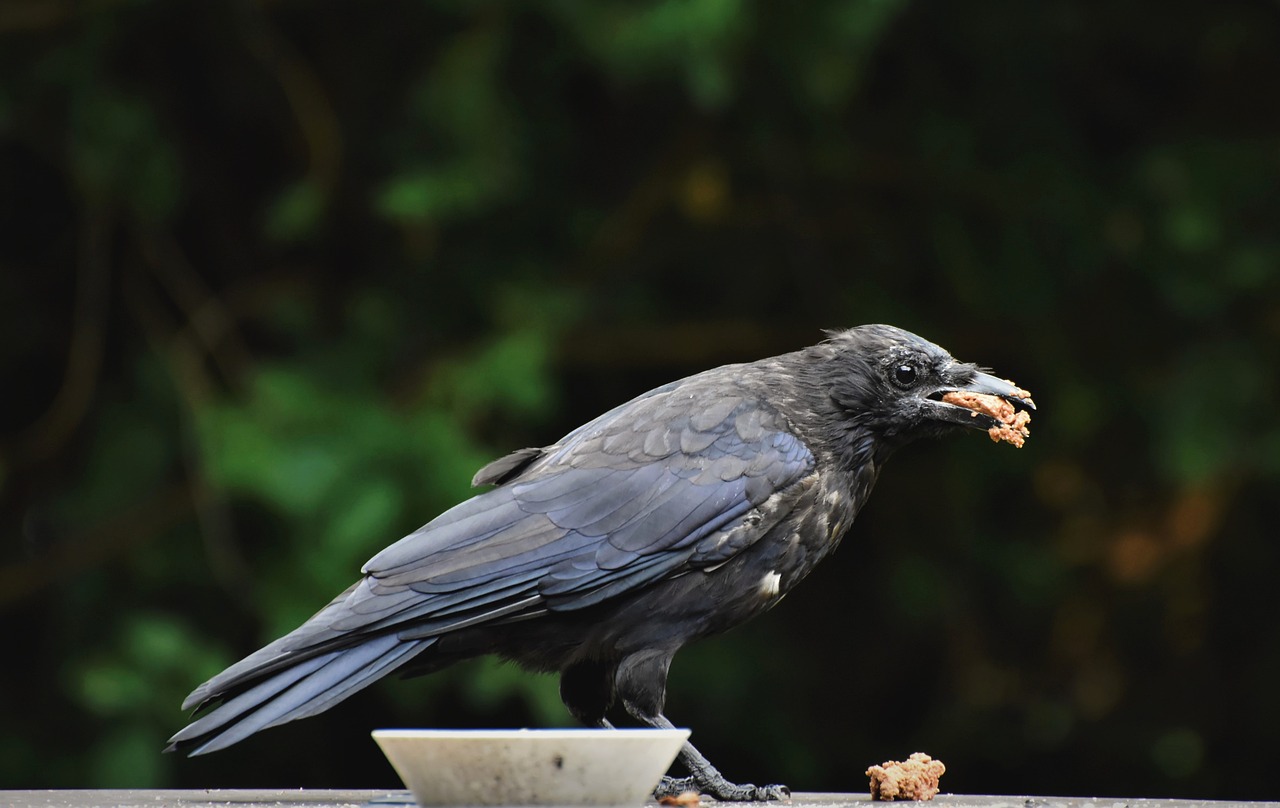
Ravens demonstrate exceptional forward thinking in experiments where they hide tools, wait up to 17 hours, and then use them to solve puzzles – a test that many apes struggle with. This ability to plan for future events places them in the same cognitive category as young children and chimpanzees.
When comparing ravens to humans, researchers found these birds can match or surpass five to seven-year-old children in cognitive tests involving delayed gratification, tool use, and sequence planning. Their brains, though structured differently from mammalian brains, contain more neurons in their forebrains than some monkeys.
Dolphins: The Ocean’s Tool Masters
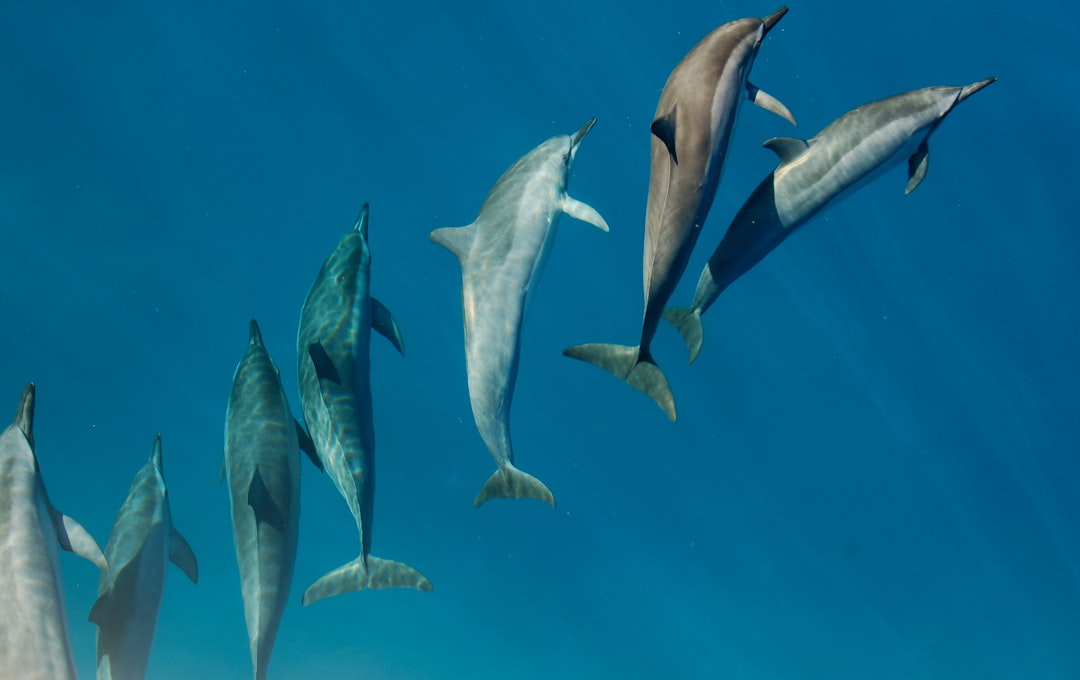
In Shark Bay, Australia, bottlenose dolphins have developed a unique cultural tradition called “sponging,” where they carefully break marine sponges from the seafloor and wear them on their beaks as protective tools while foraging. This behavior protects their sensitive snouts from sharp rocks and stinging creatures as they probe for hidden fish.
What makes this particularly fascinating is its cultural transmission – mothers teach their daughters this specialized hunting technique, creating a matrilineal tradition that has persisted for generations, possibly originating with a single innovative female decades ago. This represents one of the few documented cases of material culture in marine mammals.
Octopuses: The Invertebrate Masterminds
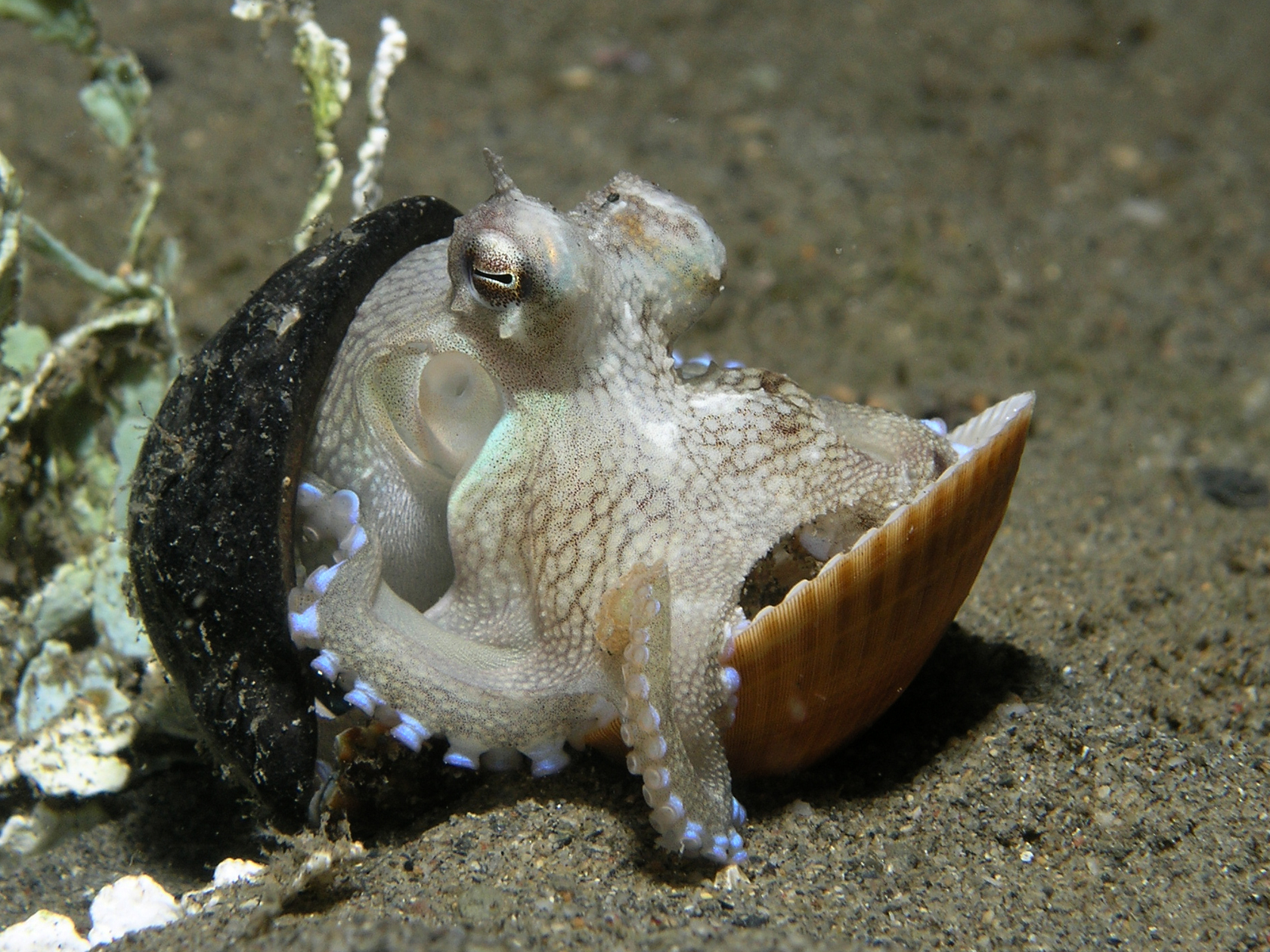
Veined octopuses have been observed carrying coconut shells like mobile homes, with some individuals stacking multiple shells and jogging across the seafloor while carrying them for short distances of several meters. At least four individuals have been documented retrieving discarded coconut shells, transporting them considerable distances, and then reassembling them for use as shelter.
Octopuses are widely recognized as the most intelligent of all invertebrates and are among the most intelligent animals overall, with capabilities including tool use and complex problem-solving. Among invertebrates, only octopuses and a few insects are known to use tools, with wild octopuses building dens and using stones to create shields to protect entrances, piling up rocks, broken shells, and even glass and bottle caps.
Elephants: The Gentle Giants with Clever Minds
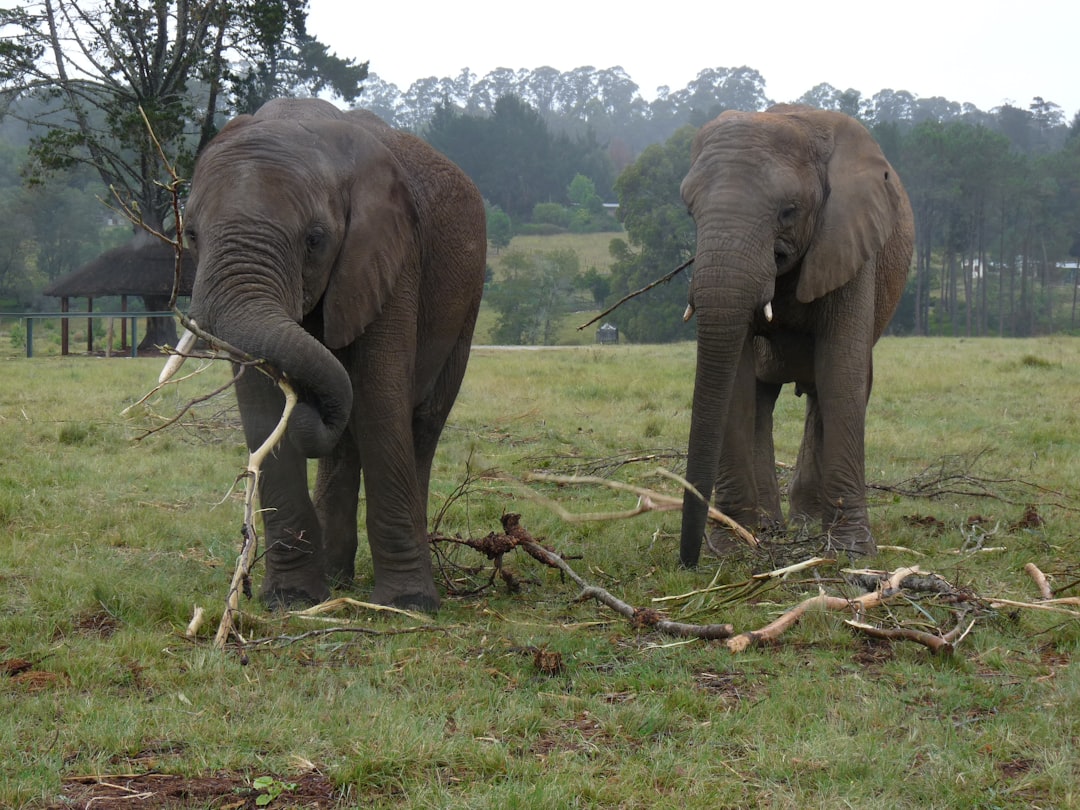
Elephants can clean their food and use tools in various ways in the wild while following human commands in captivity, and are extremely caring and empathetic to other members of their group and other species, which is considered a highly advanced form of intelligence. Their emotional intelligence rivals their problem-solving abilities.
Elephants have the largest brain among land animals – three times larger than the human brain – weighing 12-15 pounds for an adult. Their collaborative behavior includes coordinated group charges where they look to one another for readiness, and when they succeed, they celebrate together by trumpeting, rumbling, lifting their heads high, clanking tusks together, and intertwining their trunks.
Sea Otters: The Archaeological Tool Users
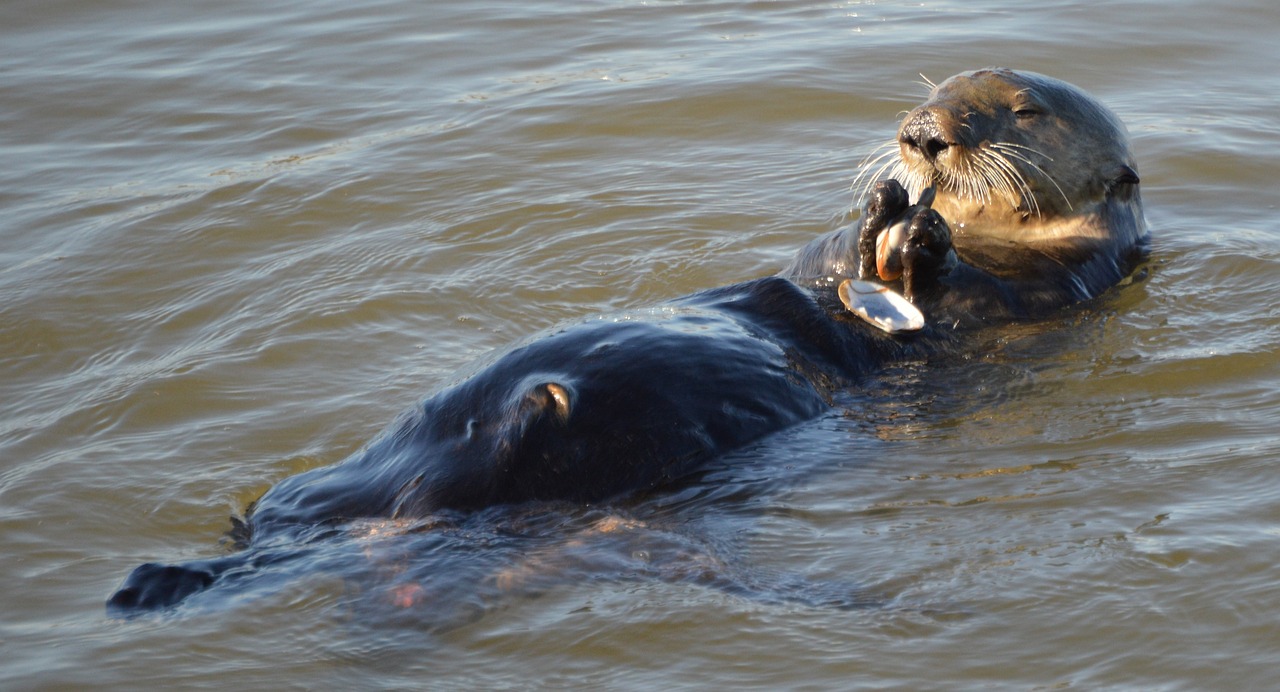
Recent research has shown that sea otters’ use of stationary rocks as anvils to open mussels creates consistent patterns of wear on the rocks accompanied by characteristic accumulations of broken mussel shells, creating a distinct, recognizable archaeological record. This discovery revolutionizes how we understand the lasting impact of animal tool use.
The study represents the first application of statistical methods for measuring wear on stone – common in research on human stone-tool use – to animal behavior, raising the potential for discovering similar sea otter pounding sites in locations where the animals are no longer found. This archaeological approach opens new avenues for studying animal intelligence through environmental traces.
The Cognitive Revolution: What Tool Use Reveals About Intelligence

All tool-using behaviors share a basic principle: an animal uses an object in the environment as an extension of its own body to manipulate things around it, though the level of cognition involved differs substantially between different animal groups. While people frequently assume tool use indicates cognitive ability, it’s not necessarily an indicator of intelligence or cognitive complexity.
The cognitive buffer hypothesis suggests that larger brains foster behavioral flexibility, allowing individuals to cope more effectively with environmental variability through innovative problem-solving essential for navigating dynamic ecosystems. Species exhibiting complex foraging behaviors show better capacity to adjust to resource availability and environmental shifts, with evidence suggesting that birds able to innovate through new tools or foraging techniques are less likely to face extinction in changing habitats.
Why Animal Tool Use Matters for Our Future
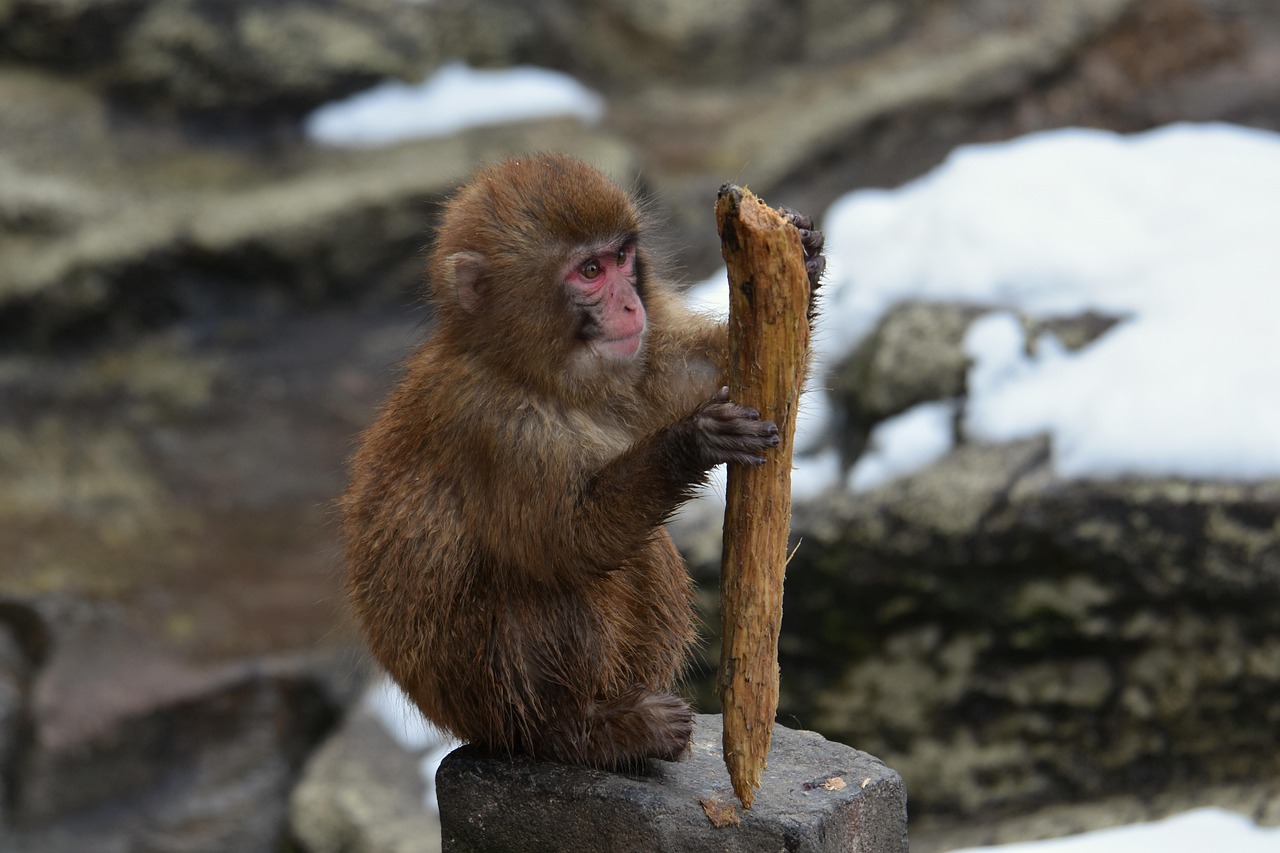
Researchers argue that small incremental changes in processing power are sufficient for explaining major advances in intelligence over evolution, challenging prevailing theories that maintained a single cognitive feature led to distinctive intelligence. Humans can use and understand a wide range of symbols and tools while animals might only grasp a few, with children learning to recognize and remember images much faster than primates.
Understanding animal intelligence is central to building empathy, as shown by Jane Goodall’s extraordinary work demonstrating that people are moved to protect species when they understand and connect to them. At nearly 90, Goodall reflects on the interconnectedness of people, animals, and environment, emphasizing that research on animal behavior is essential to developing better understanding of human-animal behavior and the healthy functioning of our planet.
The world of animal tool use reveals a profound truth about intelligence: it’s not a single, uniquely human trait, but rather a diverse spectrum of cognitive abilities that have evolved across countless species. From crows fashioning hooks to octopuses building portable shelters, these behaviors challenge us to reconsider our place in the natural world. As we continue to uncover the remarkable capabilities of other species, we’re reminded that intelligence comes in many forms – and that perhaps the wisest thing we can do is approach these discoveries with the humility and wonder they deserve. What do you think about these remarkable displays of animal intelligence? Tell us in the comments.




